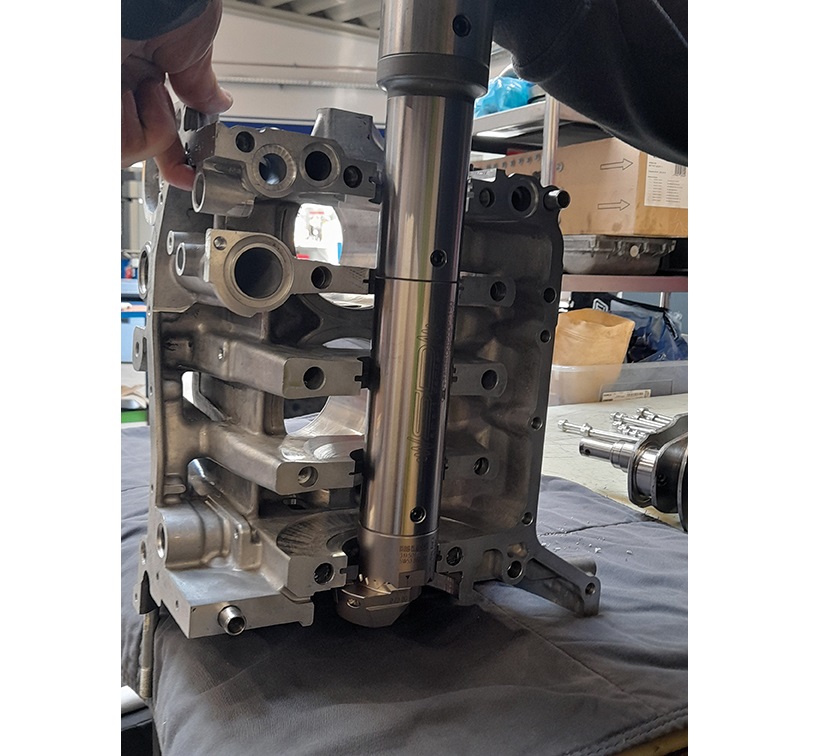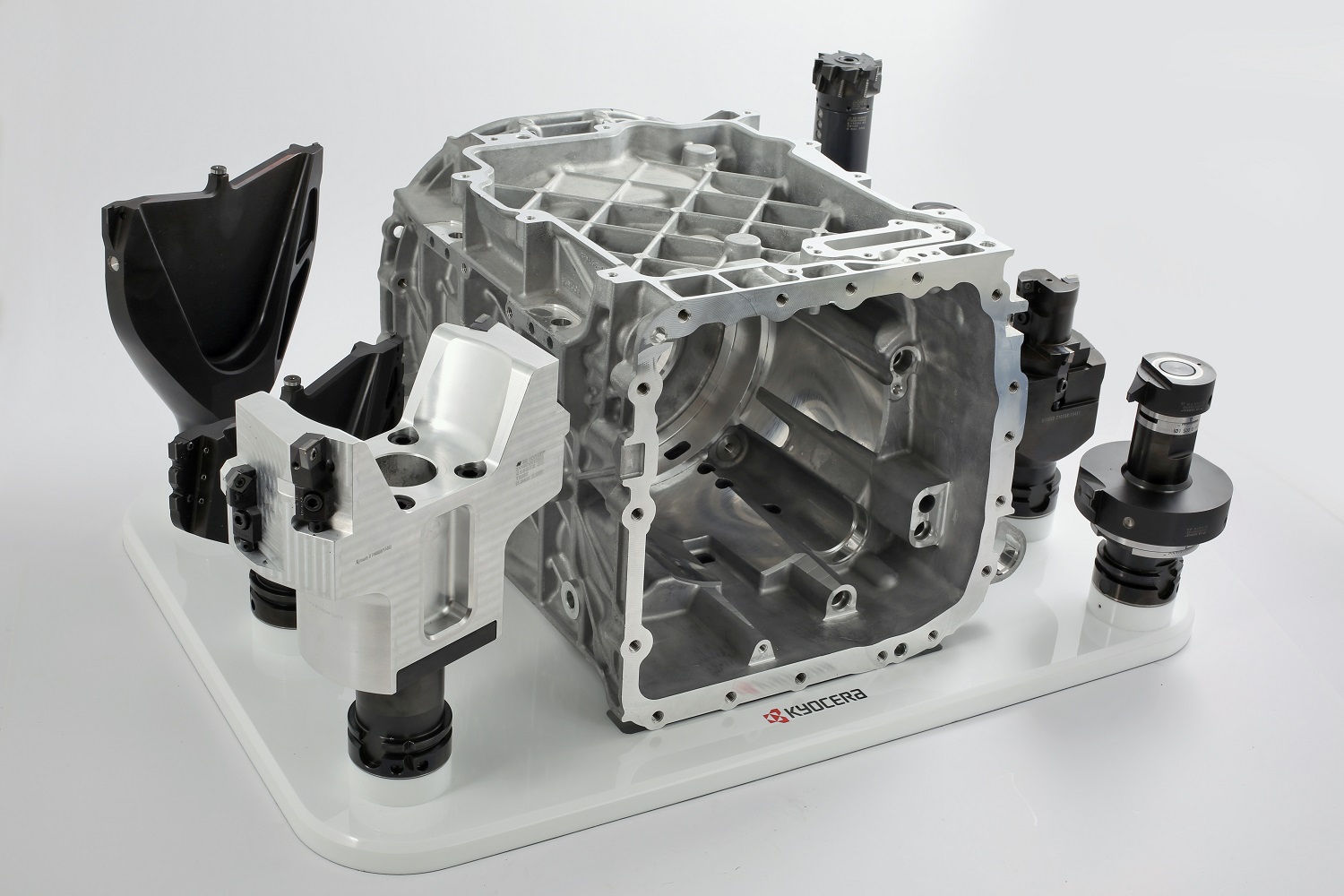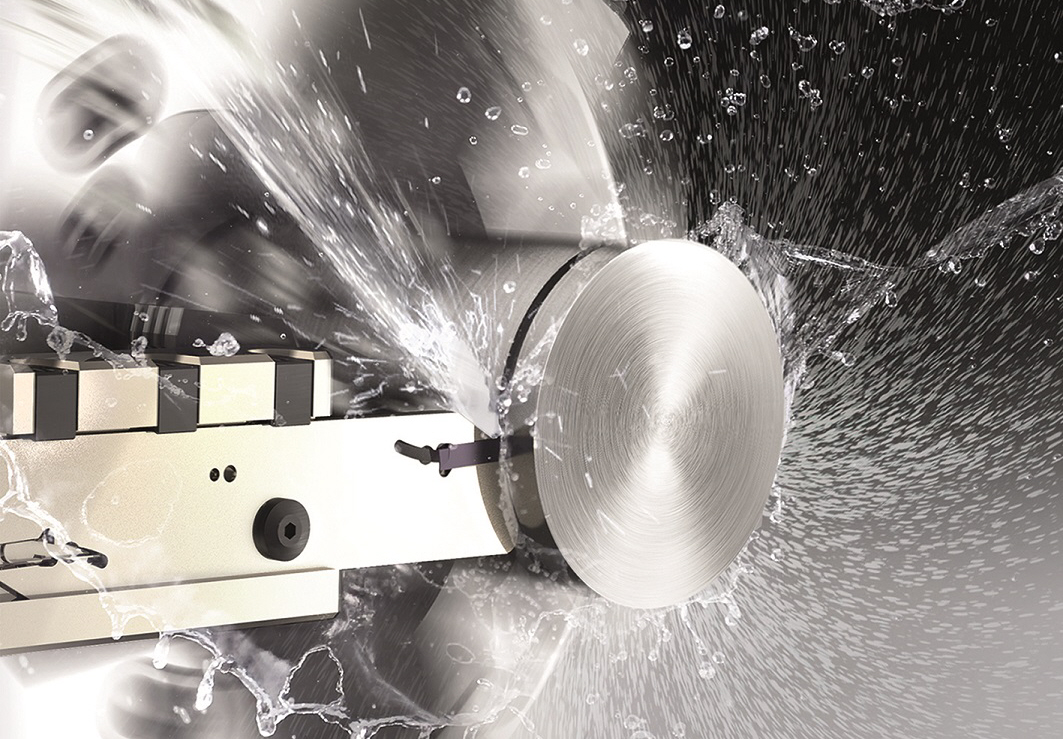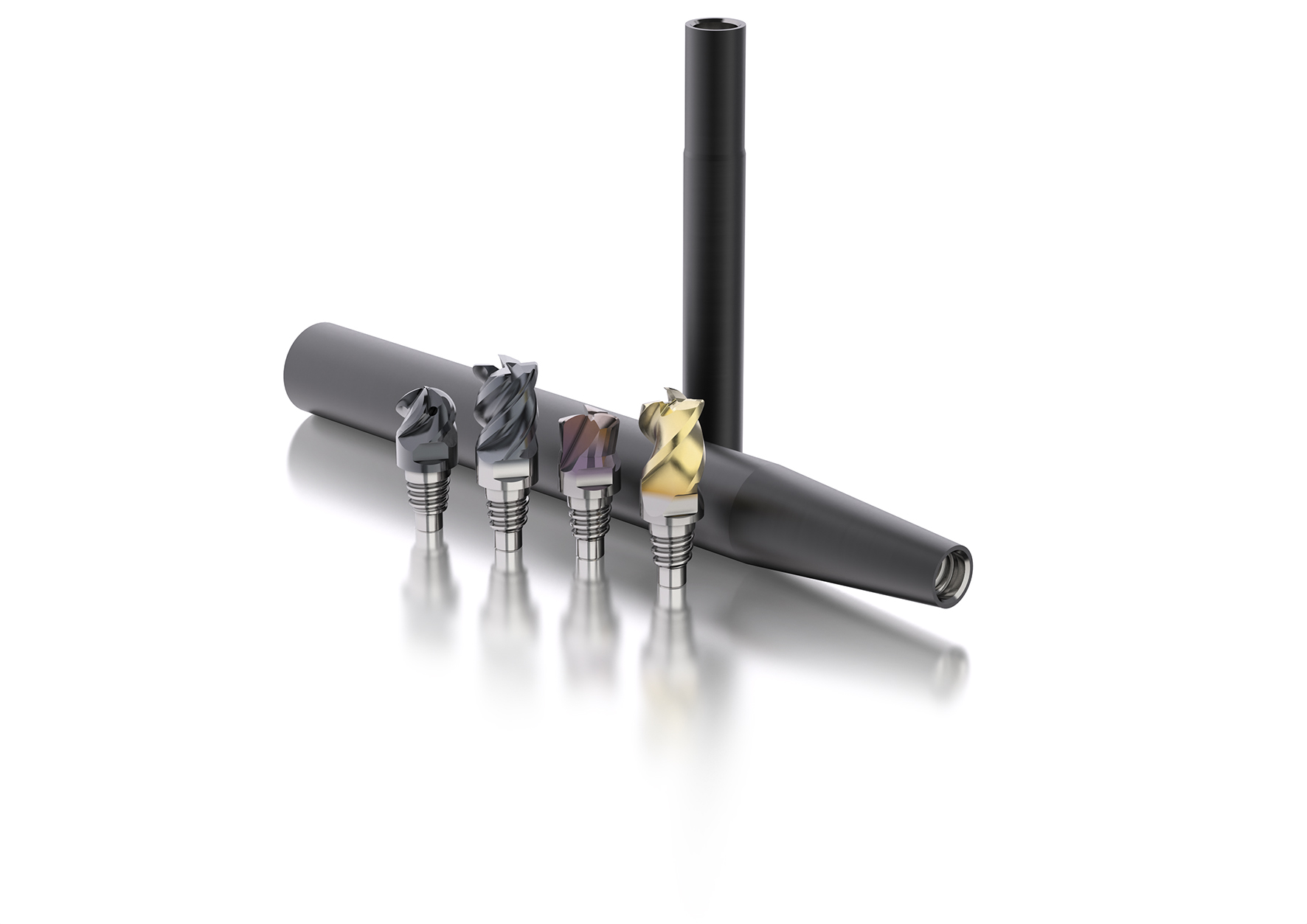With meticulous attention to detail, the team at Subi Performance is technically ahead of the curve as it applies its creativity to set new standards in the tuning, assembly and repair of high-performance combustion engines. To support the company’s growth trajectory, it has invested in Big Kaiser spindle tools that are available in the UK from Industrial Tooling Corporation (ITC).
“I had to rebuild the end bearing on a Subaru boxer engine, which required a boring head,” says Andre Wojtkowski, founder and owner of Subi-Performance. “I came across the spindle tools from Big Kaiser, a company belonging to the Big Daishowa Group. In an e-mail, I described my problem to Jochen Renz, the technical manager at Big Daishowa and later we spoke on the phone. He applied his extensive know-how and suggested the Big Kaiser SW 53 tool might be the perfect fit for reverse machining.
“What can I say – the tool turned out super and the final result exceeded all my expectations,” he adds. “And since my business revolves around special tasks related to engines, I then made an appointment with Stefan Lenhart, a Big Kaiser application engineer to talk about future projects and possible uses of other tools in the range.”
Utilising fine-boring heads from Big Kaiser, Subi-Performance now covers the entire diameter range from 20 to 203 mm, starting with the EWN 20 and EWN 32 for machining camshaft lanes, as well as the EWN 41 for crankshaft bearing lanes and the EWN 68 for cylinder fits.
At Subi-Performance, the Smart Damper is used in combination with complete spindle tools. The special feature of the Smart Damper is its dynamic damping system that eliminates vibration when using long tools.
For further information www.itc-ltd.co.uk



















